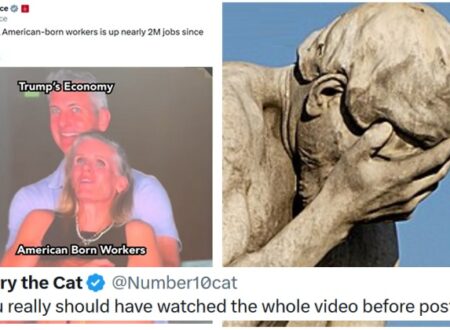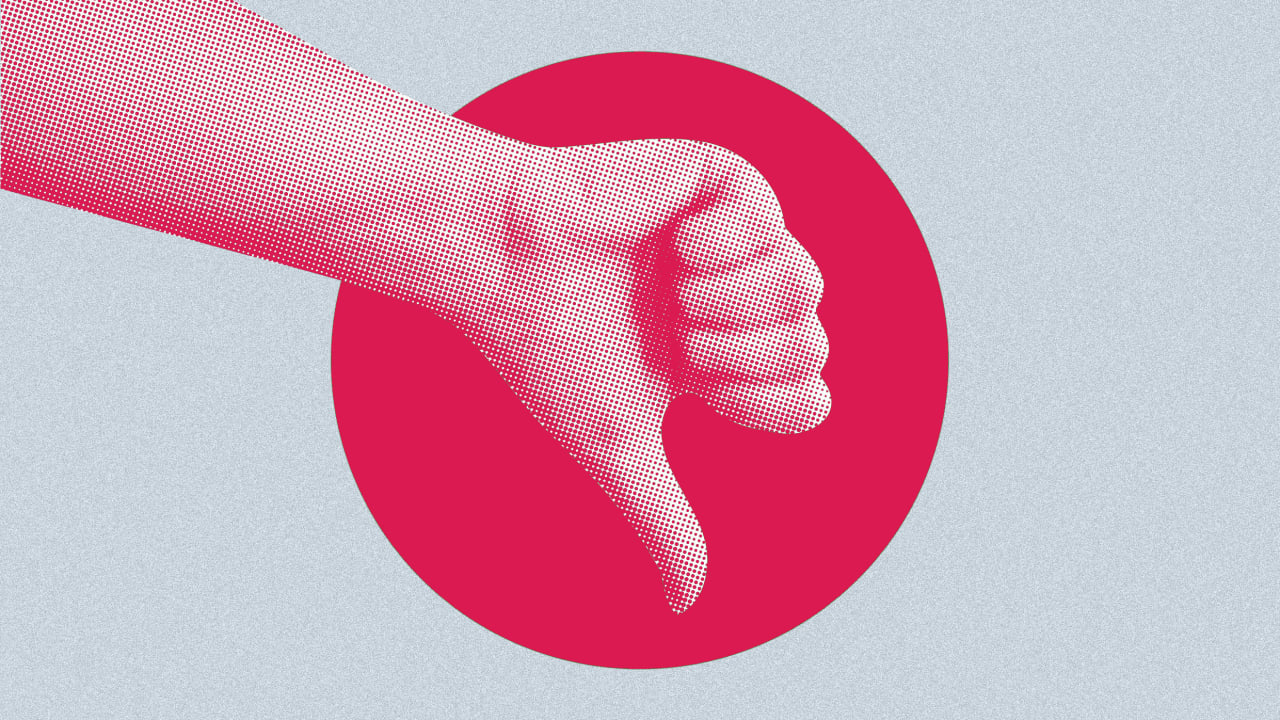AI isn’t coming for your job—it’s coming for your whole org chart

Last month, my friend Amy, a mid-level marketing manager at a Fortune 500 company, had her entire junior analyst team “restructured.” Why officially? “Strategic realignment.” Reality? AI tools now handle what used to be three full-time positions.
Amy isn’t alone in this new reality. AI has eliminated 76,440 jobs in 2025 alone, and 41% of global employers plan to reduce their workforce in the next five years due to AI automation. But, you don’t just lose your current job when this happens, you lose the corporate ladder you were climbing. The relationships you made and the personal career brand you built that led to promotions and growth are gone.
The Career Ladder is Breaking (and No One’s Talking About It)
We are currently experiencing changes in the job market that we have never seen post-industrial revolution, specifically in Big Tech. Big Tech reduced hiring new graduates by 25% in 2024 compared to 2023. Simultaneously, they increased hiring professionals with 2–5 years of experience by 27%.
How can you pay your dues, learn, and build your career when there are no entry-level positions to be had? This paradox is becoming more and more common in today’s workforce; companies want someone with experience, but there are fewer and fewer positions that allow an employee to gain experience.
This sea change feels different. The past 35 years have given us more rapid change than at any time in history. The speed at which technology has advanced has placed us in the dot-com boom, the mobile phone revolution, and the cloud transformation. AI isn’t just changing what we do and how we perform, it’s eliminating the steps we traditionally started with to learn, grow, and develop our soft and hard skills to build a foundation for a career.
Speed and Efficiency Now, Devastation Later
The entry-level people who filled the office floor, built a unique and diverse team, and brought life and energy into the office are now being phased out. AI does what they did faster and AI doesn’t take sick days or need health insurance. Lawyers who have just passed the bar, learning the basics of a profession via document review? That process is now automated.
The new generation of the workforce feels a risk when investing in a four-year degree. A study from the World Economic Forum revealed that 49% of US Gen Z job hunters believe AI has reduced the value of their college education. What will this lead to in 10–15 years, as people with experience and knowledge begin to retire and fewer people are qualified to assume those roles?
Another question: for those of us in the midst of a career, how do we advance when the ladder that was once just a few rungs up is chopped off and thrown in a corporate fireplace?
Companies Currently Solving the Problem
When studying organizations meeting these changes head-on and winning, I’ve seen a few commonalities. They don’t simply cut costs to cut costs. They are fundamentally reimagining how work gets done. For example:
- British Columbia Investment Management Corporation
BCI increased productivity by 10% to 20% for 84% of their Microsoft Copilot users while increasing job satisfaction by 68%. This resulted in saving more than 2,300 person-hours with automation. This was accomplished not by simply implementing AI, but by the way they redesigned workflows around human-AI collaboration.
- Daiichi Sankyo
Within a month of building their internal AI system (DS-GAI), over 80% of employees reported improved productivity and accuracy. They’re using AI advancements not to replace current employees, but to augment their capabilities.
These are the types of approaches any company looking to implement AI and automation can work into their deployment project plans can follow. How can they foster increased human-tech collaboration? How can they make their current team more productive and take the business to levels previously unattainable?
People Ahead of the Curve
The good news is, there are plenty of professionals who are thriving during these days of upheaval and transition. For the most part, these people are taking three common approaches to find ways to use AI to their advantage.
- They orchestrate with AI
Successful people I know don’t fight AI, they teach themselves how to direct it and use it to their benefit. They understand that humans will always be in charge of technology. With that knowledge, they can position themselves as the conductor with an orchestra of AI at their command.
- They Focus on Uniquely Human Skills
Develop and hone the skills that AI amplifies. Humans will be freed to build creative problem-solving, strategic thinking, relationship-building processes, and guidelines. When AI is deployed to do all mundane repetitive tasks, these skills are where humans must thrive.
- They Position Themselves at the Intersection
The future will be written and commanded by individuals who bridge the unique creative minds of humans with the efficiency, accuracy, and speed of AI.
What is the common thread of these three points? How you use AI to your advantage. You can stand on the beach and scream at the coming tidal wave or grab a surfboard and teach yourself to ride that wave. Those who choose the latter path will be those who run the world.
The World We Know is on Death’s Door
The truth we all must face today is that 2025–2026 will be the year companies prepare for a generational change in how we work with AI. This will disrupt nearly every industry. Org charts will be completely rewritten or scrapped entirely. But remember that you can make a difference and influence this change by simply preparing yourself as I have laid out in this article.
The choice is no longer whether AI is for you, the choice is how you decide to leverage AI to your benefit. We’ve seen this before; I remember people pushing back against using computers, people pushing back against using email, people pushing back against cellphones. Pushing back against AI today is precisely what those people did. The professionals who embrace this change and use AI as a tool for advancement will be the ones who write the org charts of the future.
Start today. Your future self will thank you.
What's Your Reaction?
 Like
0
Like
0
 Dislike
0
Dislike
0
 Love
0
Love
0
 Funny
0
Funny
0
 Angry
0
Angry
0
 Sad
0
Sad
0
 Wow
0
Wow
0





























































































